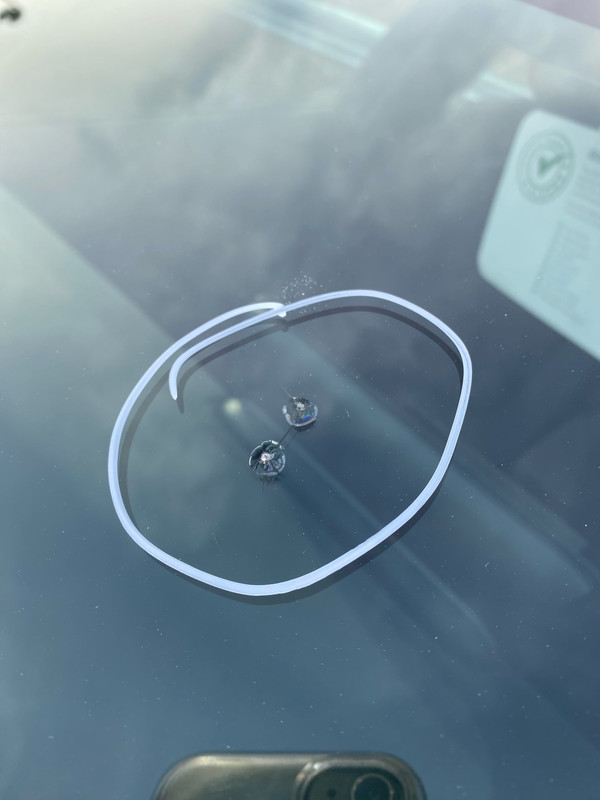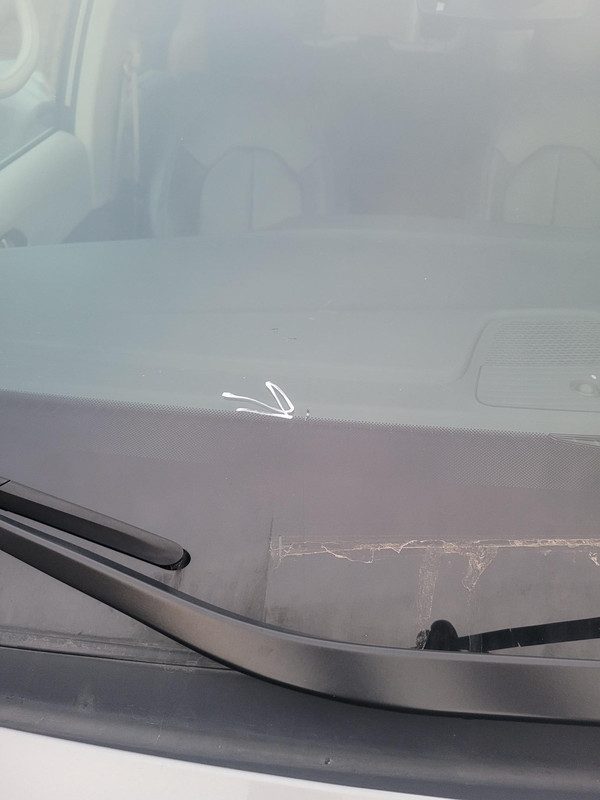Driving is a part of daily life for many, and we often take our vehicles for granted. However, one of the most critical elements of vehicle safety—your windshield—can easily become compromised. But what happens if you drive with a cracked windshield? Is it just a minor inconvenience, or can it lead to bigger problems down the road? Buckle up as we dive into the nitty-gritty of this topic!
What Happens If You Drive with a Cracked Windshield?
Driving with a cracked windshield is more than just an aesthetic issue; it's akin to driving with your eyes partially covered. Here’s why:
- Visibility Impairment: A crack can obstruct your view, especially if it’s positioned in your line of sight. It can make it difficult to see pedestrians, cyclists, or other vehicles. Risk of Injury: In the event of an accident, an already compromised windshield may shatter more easily, increasing the risk of injury from flying glass. Legal Consequences: Many states have laws against driving with a damaged windshield. You could be pulled over and fined for violating these regulations.
Now that we've got the basics down, let’s break it down further!
Understanding the Structure and Function of a Windshield
What is a Windshield Made Of?
Your windshield isn't just plain glass; it's specifically engineered safety glass that consists of two layers:
Laminated Glass: This is made by sandwiching a layer of plastic (PVB) between two sheets of glass. Tempered Glass: This layer is heat-treated to be stronger and shatter-resistant.The Role of Windshields in Vehicle Safety
Windshields contribute significantly to the overall structural integrity Charlotte Auto Glass and safety features of your car:
- They help support airbags during deployment. They prevent roof collapse in rollover accidents. They offer protection against wind, debris, and weather conditions.
Types of Windshield Damage
It's essential to recognize different types of cracks and chips:
Star Breaks: Small cracks radiate outward from a single point. Bull's Eye: A circular chip resembling a bull’s eye. Edge Crack: A crack that occurs along the edge. Combination Break: A mix of multiple types.Knowing this can help you assess whether you need auto glass replacement sooner rather than later.
Immediate Consequences of Driving with a Cracked Windshield
Increased Risk During Inclement Weather
When it rains or snows, visibility becomes even more crucial. A cracked windshield may blur your vision further due to rainwater collecting in cracks or ice forming within them.
Higher Chance of Accidents
With impaired visibility comes an increased likelihood of accidents. Statistics show that distracted driving leads to thousands of accidents annually—don’t let poor visibility add you to that list!
Potential for Further Damage
A small crack can evolve into something much worse over time due to temperature changes or vibrations from driving—a process known as "spidering." This could mean costly auto glass replacement sooner than expected.
Legal Ramifications: Can You Get Pulled Over?
Traffic Laws Regarding Windshields
Many states have specific laws regarding windshield integrity:
- Some states require drivers to keep their windshields free from any damage that could impair visibility. Fines vary but can range anywhere from $100 up to several hundred dollars depending on severity.
Insurance Implications
If you're caught driving with significant damage, your insurance premiums could take a hit or even result in non-renewal if deemed irresponsible behavior.
The Science Behind Windshield Cracks
How Do Cracks Form?
Understanding how cracks occur helps grasp their dangers better:
- Temperature Fluctuations: Rapid changes in temperature can cause stress points leading to cracks. Impact: Small stones or debris hitting your windshield at high speeds can create immediate damage.
Why Size Matters!
Not all cracks are created equal; larger cracks generally pose greater risks and might necessitate immediate professional attention for replacement rather than repair.
Repairing vs Replacing Your Windshield
When Should You Repair?
A repair might be sufficient if:
- The crack is smaller than six inches (most insurance companies cover repairs). It’s not located directly in your line of sight.
When Should You Replace?
Consider replacement if:
- The crack extends beyond six inches. It obstructs driver visibility significantly. Multiple fractures exist across the glass surface.
DIY Solutions: Are They Worth It?
While some may contemplate DIY methods using resin kits available online, it’s essential to weigh effectiveness against potential risks:
They may not fully restore clarity or strength. Improper application could worsen existing damage.Professional Auto Glass Replacement: Why It's Important
Engaging professionals ensures:

- Correct installation techniques are employed. Use quality materials for long-lasting results. Plus—who doesn't love saving time while enhancing safety?
How Much Does Windshield Replacement Cost?
Costs vary based on several factors such as: | Factor | Estimated Cost | | ------ | --------------- | | Type/Model | $200 - $1200 | | Location | $50 - $150 | | Insurance Coverage | Varies |
It’s always wise to check with your insurer about coverage options before proceeding!
Frequently Asked Questions (FAQs)
Can I drive my car with a small crack in my windshield?
Yes, but it's not advisable as even small cracks can worsen over time and compromise safety.
Will my insurance cover windshield repair/replacement?
Most comprehensive policies do cover this type of damage; check with your provider for specifics!
How long does it take to replace my windshield?
Typically between one to two hours but varies based on model and complexity.
Is it safe to use my car immediately after replacement?
Generally yes; however, avoid washing the car for at least 24 hours post-installation to allow proper curing time for adhesives used.
What should I do if I notice more cracks after replacement?
Contact the installer immediately for advice; they may offer warranty services depending on terms agreed upon at installation time!
Are there any preventive measures I can take against future damage?
Regularly inspect your windshield and avoid tailgating vehicles—especially those prone to kicking up debris!
Conclusion: Prioritize Safety Over Convenience!
Driving around with a cracked windshield might seem trivial at first glance; however—it poses serious threats not only to yourself but also others on the road! Remember—promptly addressing any issues related will ensure both personal safety while maintaining compliance within legal standards! Don’t wait until those small chips turn into larger headaches involving costly repairs down the line!
So next time you're tempted just "to ignore" that little crack think twice—your safety deserves better!
